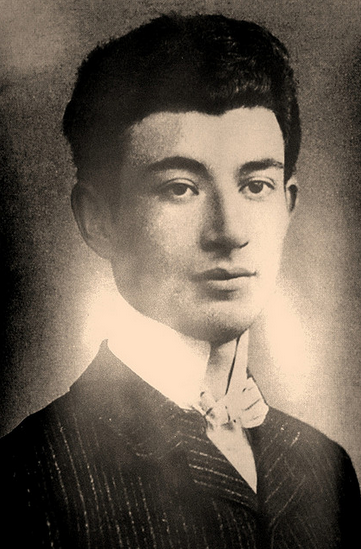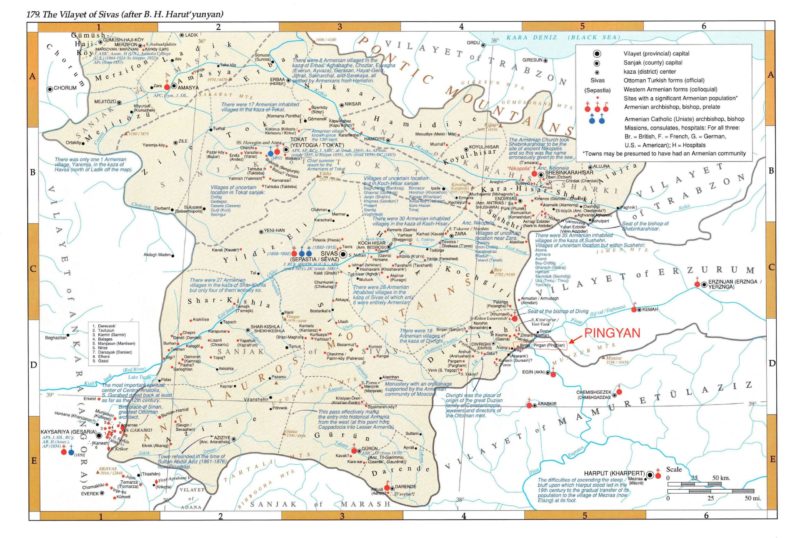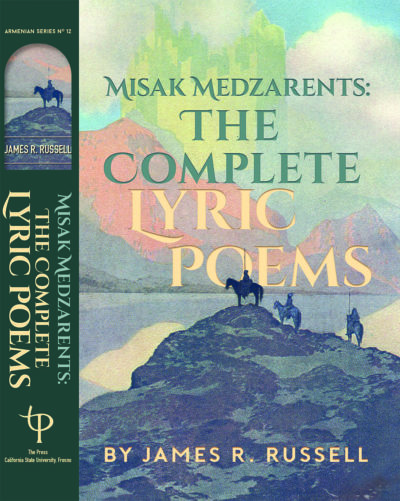(Armenian Series no. 12. The Press at California State University, Fresno, 2020)
By Jesse S. Arlen
Special to the Mirror-Spectator
«Ի՜նչ երջանկութիւն, տերեւի մը խարշափին մէջէն տեսնել տիեզերական զօրութեան գաղտնիքը, ու այդ փոքռիկ մասնաւորէն մեկնիլ դէպի անհունը։»
“What joy, to behold in the rustle of a leaf the secret power of the cosmos, and to depart from that particular thing for the infinite (li).” *
So writes twenty-one-year-old Misak Medzarents, while describing his poetic vision in response to a critical letter received from Fr. Vartan Arslanian after the publication of Dziadzan (Ծիածան / Rainbow), the poet’s first book of verse, in 1907.










